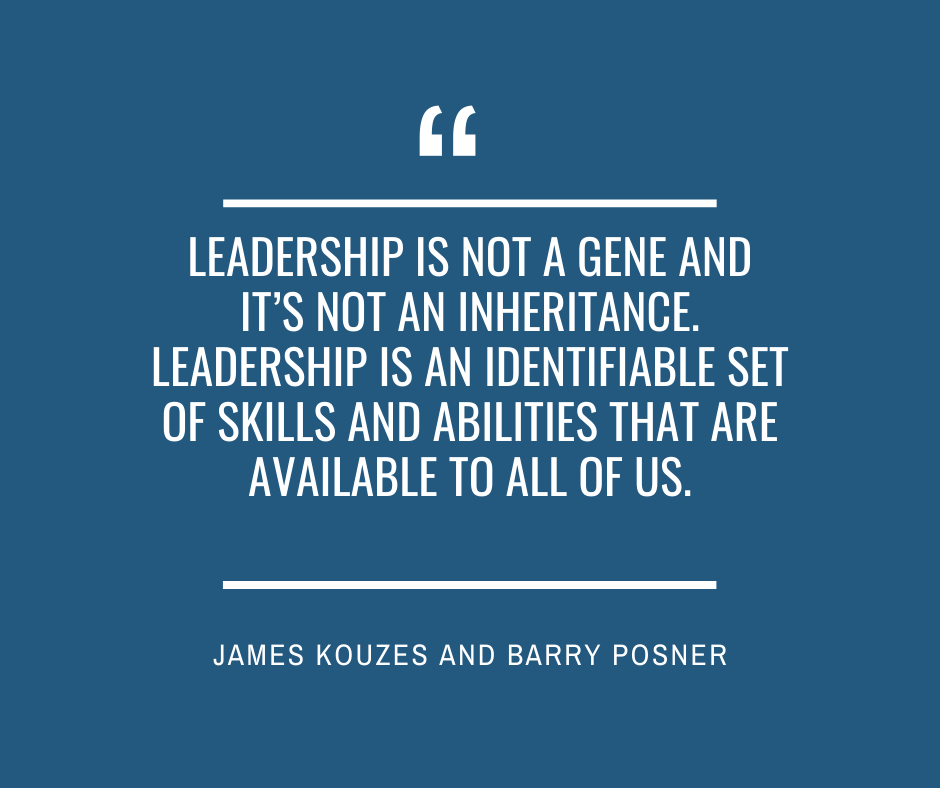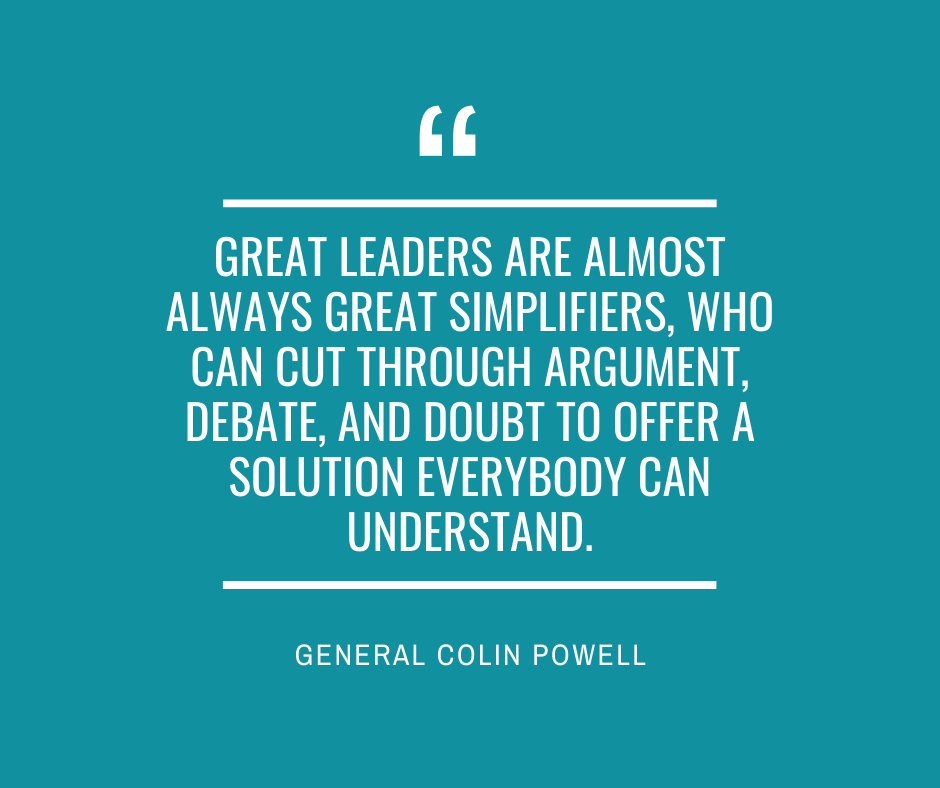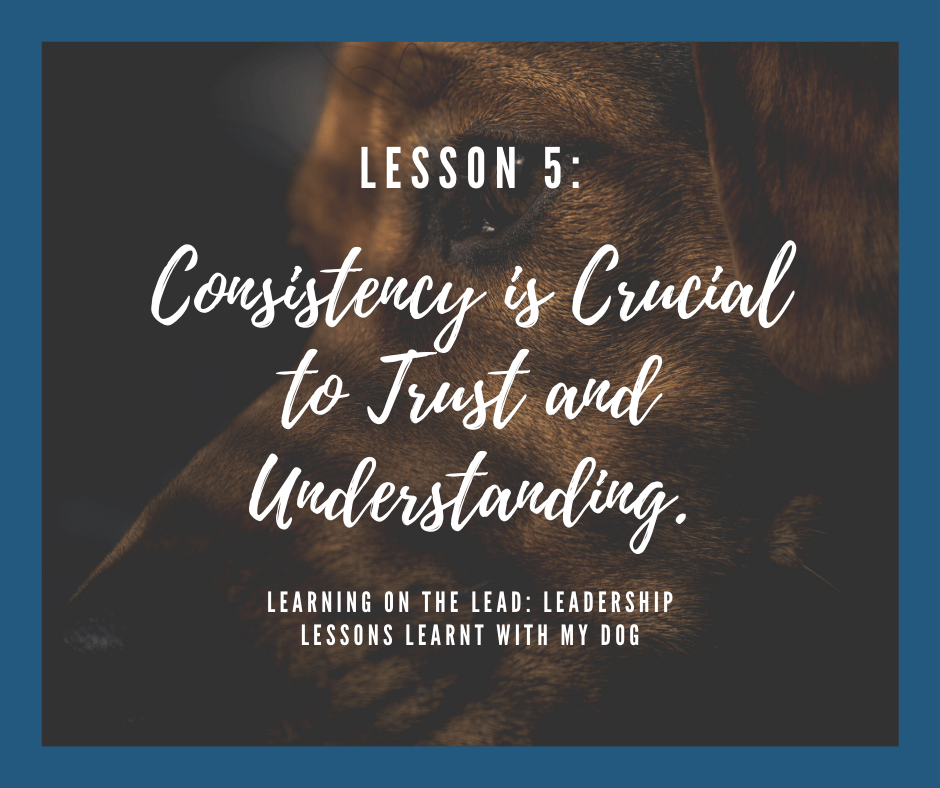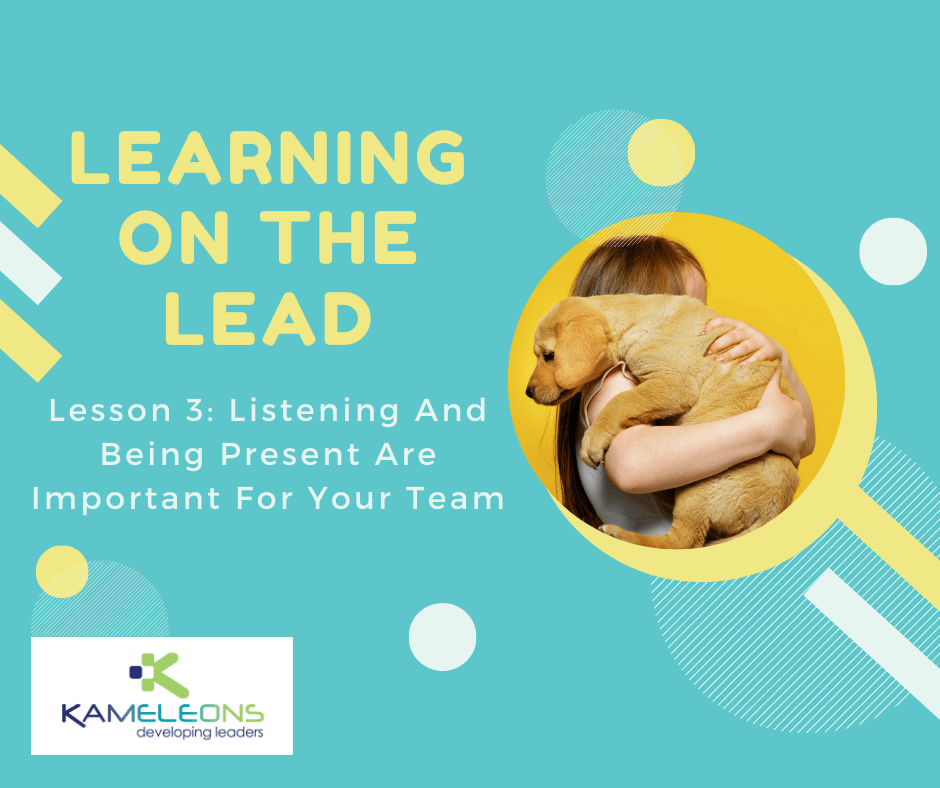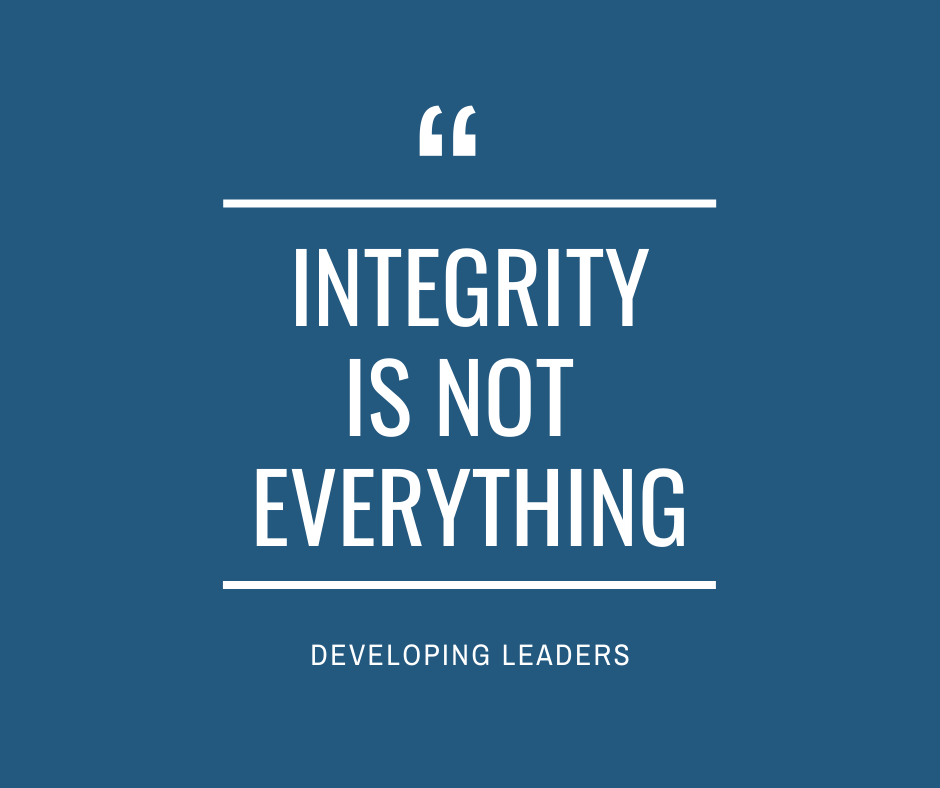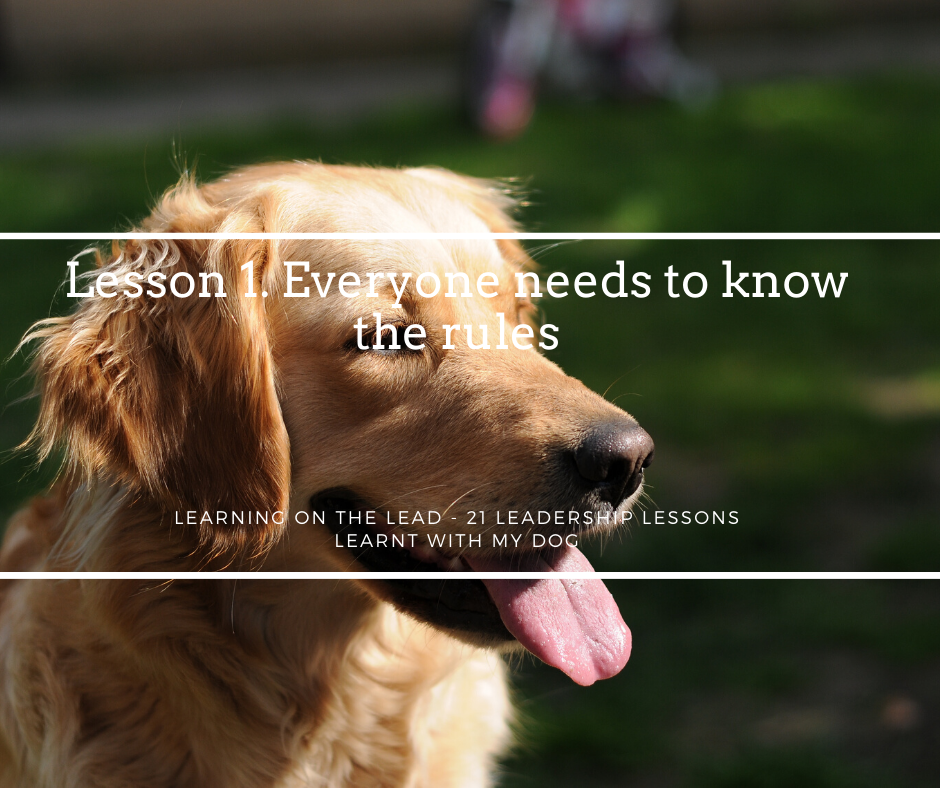Working with a large variety of teams under development has reminded me of one small but crucial detail when working with teams – all teams all different. Different people, different standards, different behaviour, different cultural norms.
This was highlighted with Jake on the weekend at the beach. While we were happy to let Jake frolic on the dog beach, other dog owners were not. While Jake was scolded when he tried to jump up on people, other dogs were not. While there are some common sense rules to follow when owning dogs, the nuances for each dog (and each dog owner) are what makes each of us different.
The same can be said of teams. While there are some common sense rules for being a good team member, the nuances of how that is applied and regarded is different from workplace to workplace.
This rule is often forgotten when people have worked in a team for a while. People wrongly assume that the behaviours that worked in their old team will automatically work in their new team. As soon as there is a change of workplace, culture, leader or personnel in the team, chances are the dynamics of the team are going to change.
Even in an established team with defined rules of acceptable / non-acceptable behaviour, the team dynamic can change either positively or negatively with the addition of just one person.
Every time a new person is added or removed from your team, it is an opportune time to ask a simple question: ‘What team behaviour does everyone believe will make a successful team?’
Question:
Consider your own team. What are the accepted behaviours for your team?
Did they change with the addition of a new team member?
Does everyone in your team know what you regard as good / poor behaviour?
Could you provide a ‘cheat sheet’ or short cut of what is accepted behaviour in your business (and I’m not talking about Codes of Conduct)
Learning on the Lead: Lesson 8 of 21 Leadership Lessons Learnt with my Dog
The other lessons are:
- Everyone Needs to Know the Rules.
- You need to protect your team from outside forces.
- Listening and being present are important to your team.
- Greet your team members like you are meeting them for the first time every day.
- Consistency is crucial to trust and understanding.
- Trust is built over months, not seconds.
- Learn the things that you shouldn’t do in the team.
- Remember that each team has different rules to live by.
- Show respect for your team in ways that they appreciate.
- Understand the unique behaviour and skill set you bring to the team.
- Look after your team and they will look after you / You have to meet the needs of your team.
- Breaks in discipline / performance can’t wait until later to fix.
- Leading the team is not a half-hearted, part time responsibility.
- The leader needs to guide the team clearly and precisely.
- The leadership hierarchy needs to be understood by all of the team.
- Genuine Acts of Kindness are worth the effort.
- You have to be prepared for a sudden change in direction.
- A steady voice is more effective than an erratic one.
- You don’t have to bark at every noise in the external environment.
- Sometimes you need to ask for help.
- You have to decide what you are going to fight for.





